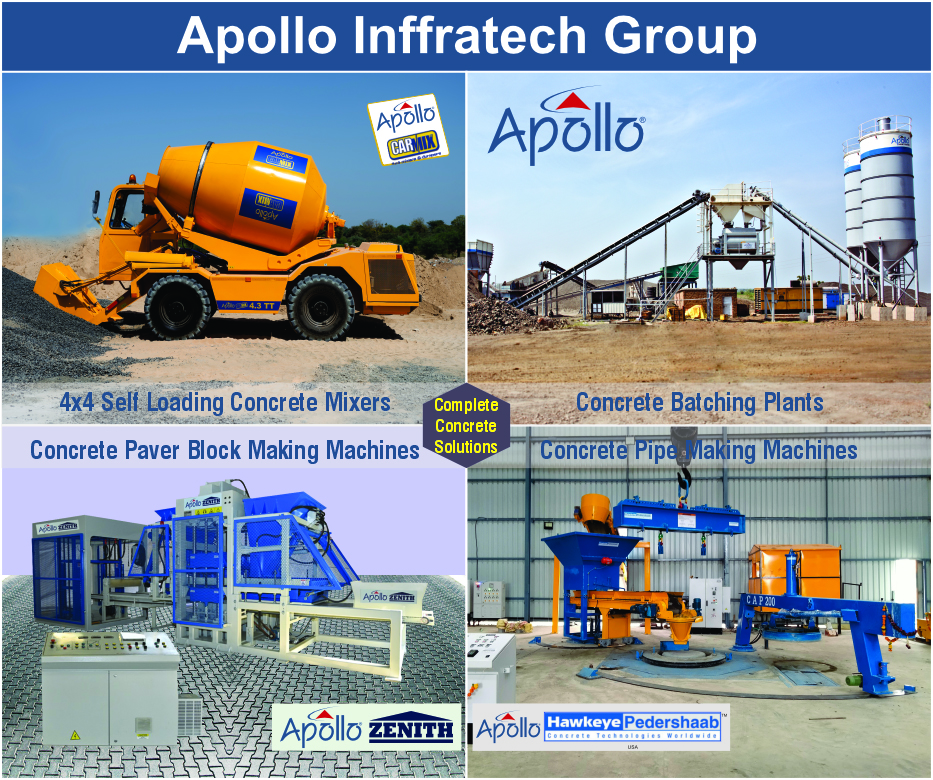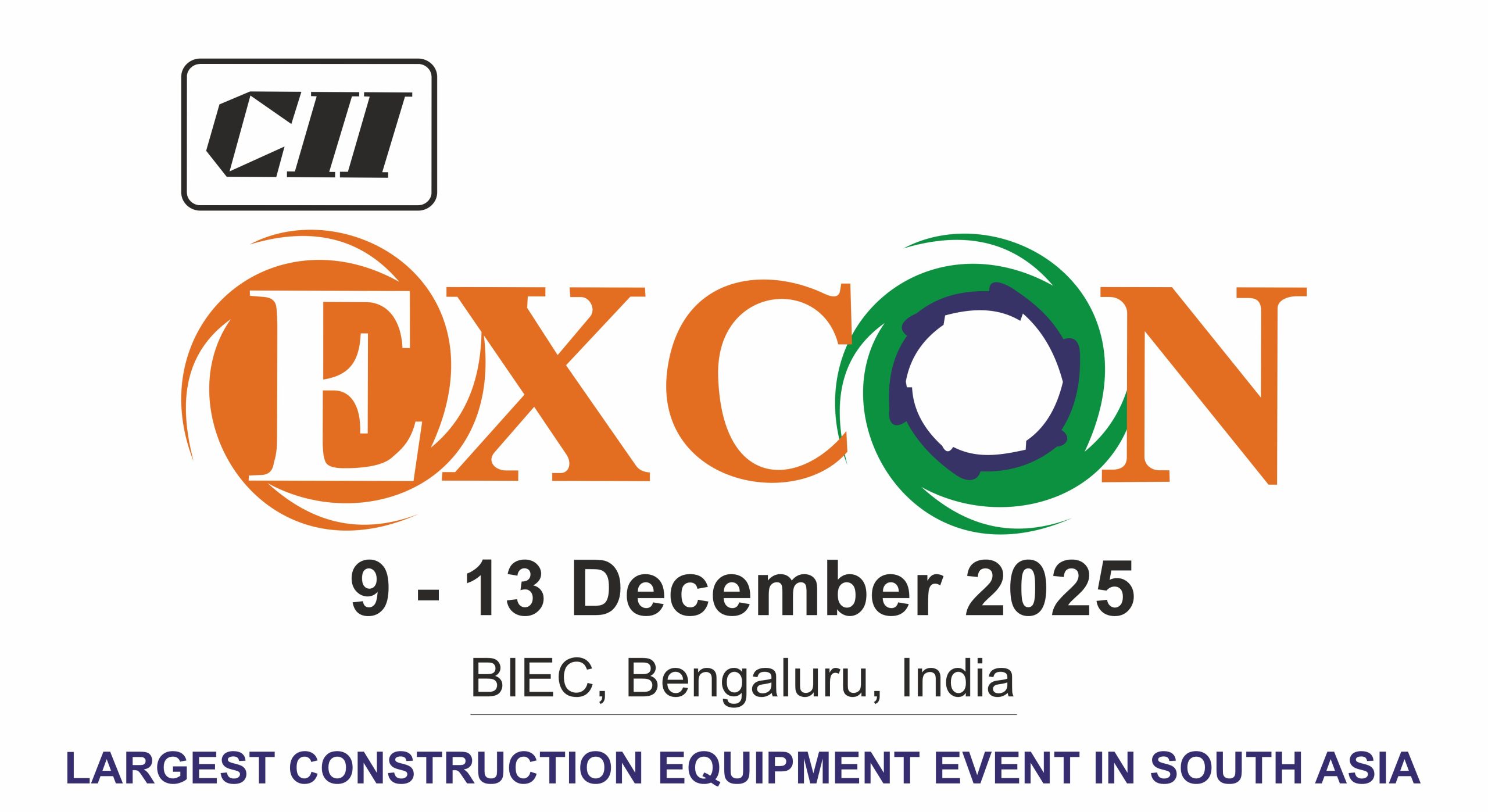India is taking a significant step toward greener infrastructure with the development and early adoption of innovative “green cement” solutions. Traditionally, cement production ranks among the highest CO₂ emitters globally—accounting for nearly 8% of emissions—prompting the industry to seek eco-friendly alternatives.
At the forefront is Navrattan Green Crete, a pioneering binder formulated from industrial by-products such as fly ash and slag. Unlike conventional cement, which relies heavily on limestone and energy-intensive kilns, this new material transforms waste into a high-performance construction input. Early trials indicate that structures built with green cement match the strength and durability of ordinary Portland cement while significantly lowering carbon footprints.
Industry analysts emphasize that sustainable materials must align with rapid urban growth. With India’s infrastructure expansion projected to accelerate over the next decade, demand for low-carbon building solutions is expected to rise sharply. Pilot projects incorporating green cement are already in place, ranging from small-scale public works to sections of major road networks.
Experts believe that combining robust R&D, digital performance monitoring and supportive regulatory frameworks will accelerate adoption. “New construction can’t just be faster—it also has to be smarter,” notes an infrastructure specialist. By integrating green cement into mainstream projects, India aims to balance economic development with environmental responsibility, setting a model for sustainable construction worldwide.









